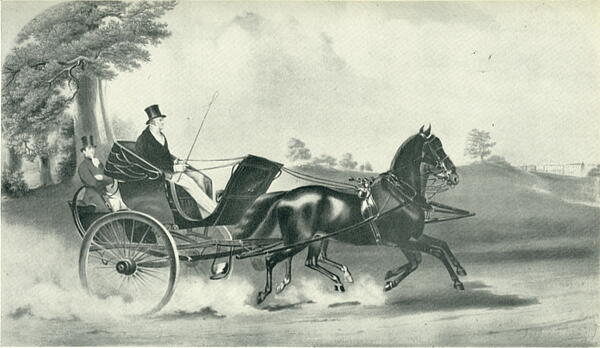Coaches 1750 to 1900
The development of Britain’s coaches between 1750 and 1900 was directly linked to improvements in the country’s roads. Travelling by coach had historically been very uncomfortable - with no suspension between the wooden cart and its wooden wheels, the passenger would feel every bump on the road.
But over time, as the road system improved and was better funded thanks to Turnpike Tolls, coaches also developed. By 1800 they were utilising C-spring - large c-shaped piece of metal that acted like an an early form of suspension. The elliptic spring was later introduced and this saw vast improvements to the comfort of a ride.

As well as making the travelling process more pleasant, it also enabled things to happen faster and for coaches to carry more weight, in turn opening the door to a better mail system.
John Palmer was responsible for creating the first formal mail service via coach. Travelling between London and Bristol, this system took half the time of previous deliveries by using fast, regular coaches. He made his coaches use horns to alert toll gates when they were coming so they would be allowed straight through, and he would then pay the tolls at a later date.
As roads and coaches developed, coach inns also began to spring up, giving horses and passengers a place to rest and refuel, or even change horses with fresher ones for the rest of the journey. The result was that between 1750 and 1830, the time it took to get from London to york fell from six days down to one.
See also: Trains 1830 to 1900
MLA Citation/Reference
"Coaches 1750 to 1900". HistoryLearning.com. 2024. Web.
